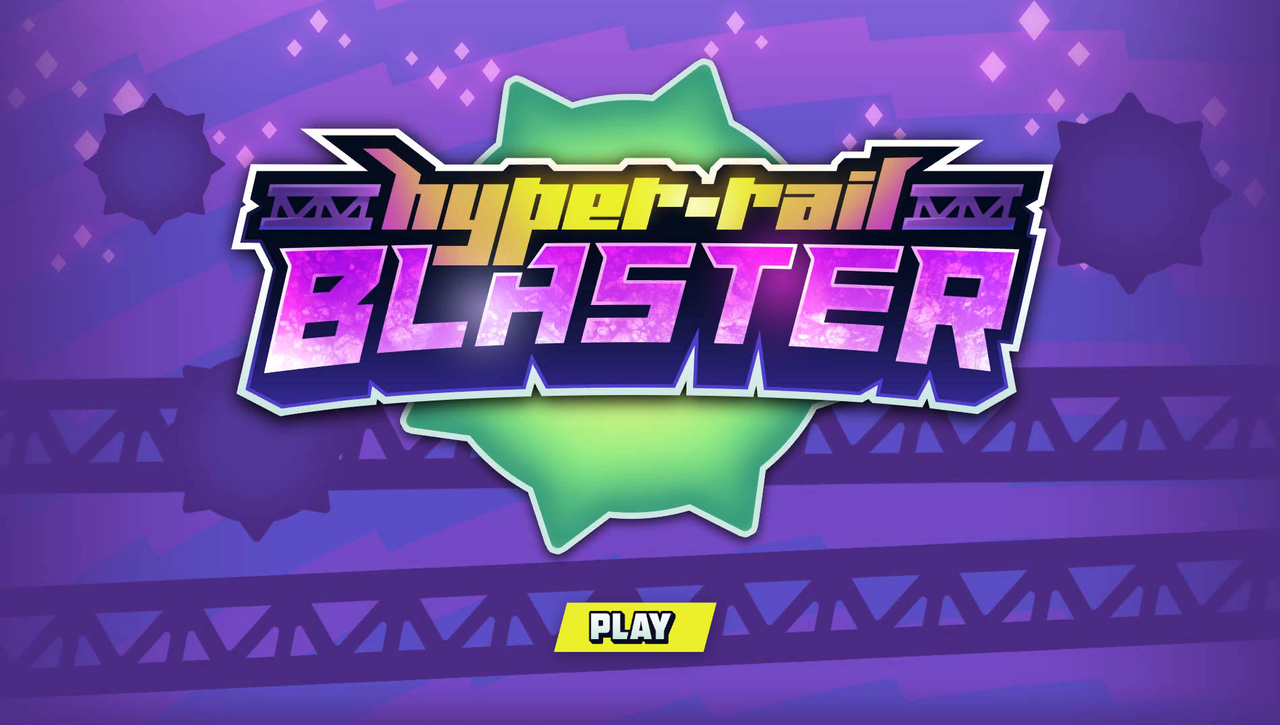
When I first dug into the whitepaper for Hyper Rail Blaster, I was immediately struck by how this game elegantly blends arcade-style action with web3 mechanics. Developed by Invennium Corp (a 100% subsidiary of Splinterlands) and published on the Arcade Colony DAO platform, the game sets a fast-paced stage: the Pricklepack Gang has broken loose on Planet LVL-42, and it’s up to the droid hero “Herbie the Hyper Rail Blaster” to reclaim control of the intergalactic arcade colony.
The Arcade Vision
At its core, Hyper Rail Blaster wants to deliver the nostalgic thrill of classic arcade games—easy to pick up, hard to master, with high repetition and scoreboard-chasing built in. The whitepaper outlines how arcade games have always been defined by short sessions, immediate feedback, and visual punch. Here, the twist is that this is built in the web3 era: players don’t just play—they can own and govern elements of the economy underpinning the game.
Game Mechanics and Play Loop
The gameplay itself is straightforward but with depth. Players face successive waves of the Pricklepack enemies: each wave spawns more and tougher foes, with every third wave featuring a substantial boss.
You begin with three health points. When an enemy reaches you, you lose one health. Defeat an enemy, and it splits into two smaller enemies—so clearing waves is progressively harder. Points are earned from kills, and enemies drop useful collectibles: health boosts, “Quarks” (the in-game free-to-play currency), or “Time Stop” power-ups that freeze all enemies for a few seconds.
There’s also a free-play model: the first three games each day cost zero Quarks; after that, each game costs an increasing number of Quarks. Quarks themselves can be bought in the Arcade Colony shop (priced in SCRIPT or Credits) or found randomly in-game. This sets up a balanced Play-to-Earn system that doesn’t immediately favor pay-to-win but offers paths for monetization and reward.

Tokenomics & Rewards Structure
What I found particularly noteworthy is the token-and-DAO structure underpinning the game. Hyper Rail Blaster requests an allocation of 15 million COLONY tokens per year from Arcade Colony DAO for five years—this budget is earmarked for rewards and ecosystem incentives.
The breakdown: 6 M COLONY per year for in-game player rewards, 6 M for leaderboard incentives, and 3 M for a “Jackpot” mechanism.
For the player-reward pool, the whitepaper introduces an “Rshares” calculation:
Rshares = (GameScore) × (WavesDefeated)^n
GameRewards = ColonyStakingMultiplier × PoolBalance × Rshares / (TotalRshares^2Week + Rshares)
This essentially means that your reward allocation depends on your score, how many waves you defeat, and your staking multiplier—so gameplay skill, consistency, and stake combine.
Leaderboard rewards reset every 5 days (TBD) and award the top players. The Jackpot will accumulate until someone beats the all-time high score for a 30-day period—once beaten, the winner receives half of the current Jackpot pool. If no one beats it, the pool rolls over.

Looking Ahead
In terms of roadmap, the whitepaper lists what’s already done: basic game mechanics design, visual skinning, an alpha MVP (via Unity), and the formal whitepaper. Up-coming plans include full DAO integration, the shop for Quarks, leaderboard and jackpot infrastructure, and eventually porting to mobile (iOS/Android).
Why This Matters
From my perspective, Hyper Rail Blaster ticks several important boxes for the evolving web3-gaming space: it offers an easy-to-understand gameplay loop, leverages token and staking mechanics in a transparent way, and builds toward community-governed economy rather than simply “play to earn” in a captive pay model. If the launch and game‐economy execution go well, this could be a strong example of how arcade-style games can be reimagined for blockchain ecosystems.
If you’re interested in trying out the alpha version, or keeping an eye on its launch progress, I’d recommend watching the DAO proposal page and joining the community channels for announcements.
Congratulations @iamcyril! You received a personal badge!
You can view your badges on your board and compare yourself to others in the Ranking
Check out our last posts:
Your level lowered and you are now a Red Fish!
Check out our last posts: